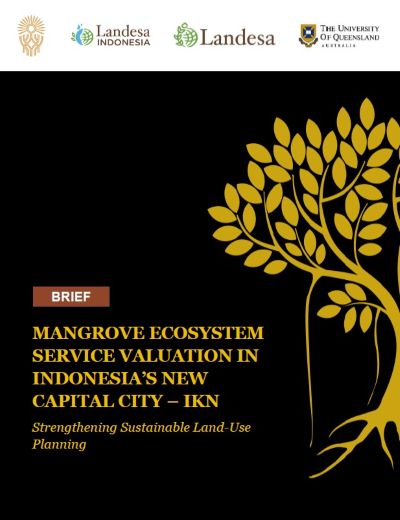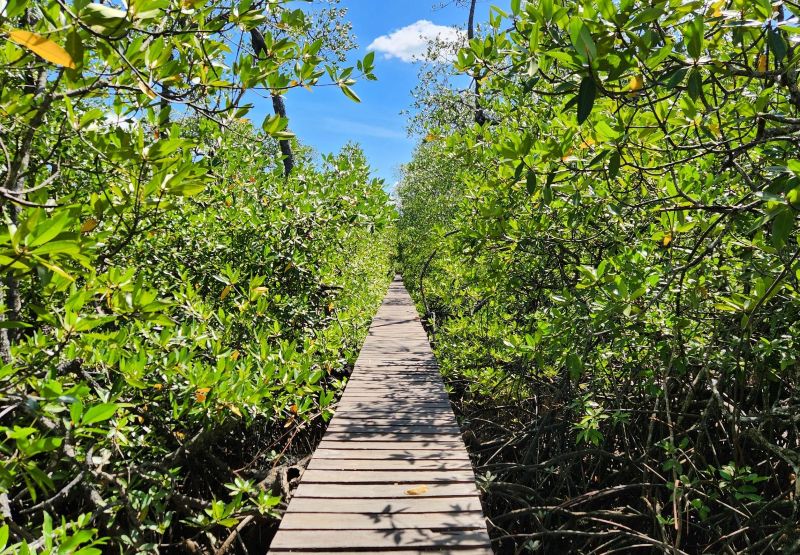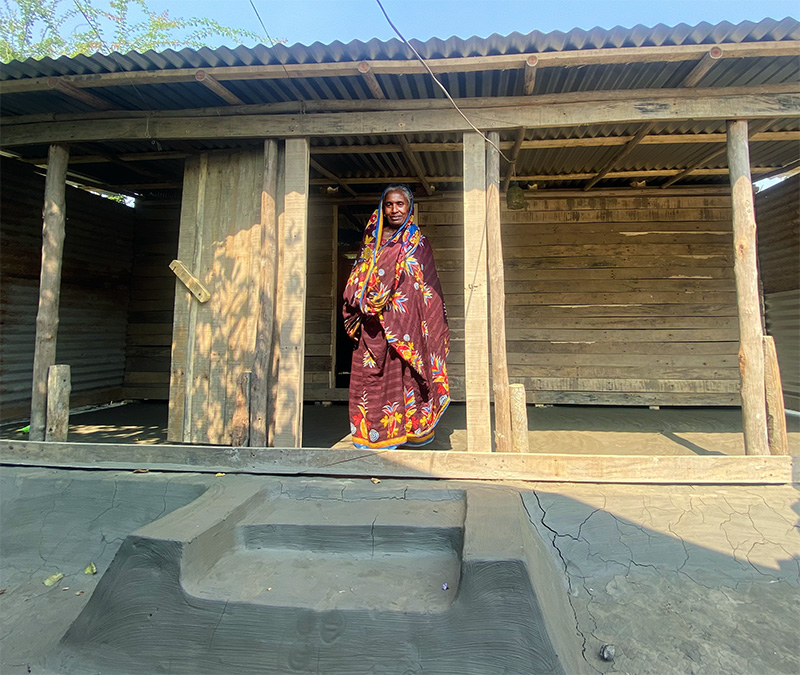Naima* has spent the first 51 years of her life grappling with uncertainty around both her livelihood and shelter. Residents of Bangladesh’s Sundarbans region, Naima and her family depend on the mangrove forests for sustenance and income. Her husband, Piash*, catches young crabs from the river estuaries and forest creeks to sell at the local market, barely earning enough income to support their two children.
Reflecting on the challenges that have pervaded her life, Naima explained, “I had no secure place to live. Mostly, I had to stay beside the embankment of [the river], but whenever a natural disaster struck, my thatched house would be destroyed.”
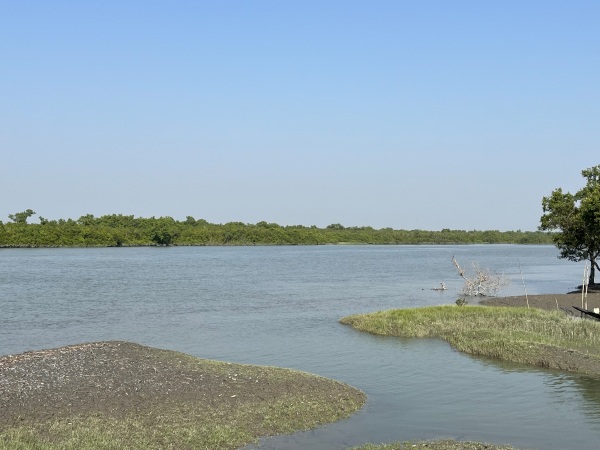
Three years ago, Naima and Piash began leasing a small parcel of land to cultivate crabs to increase their income. The fluctuating weather conditions, increasing salinity, and disease outbreaks threaten their production. The land, about two thirds of an acre and costing the couple 7,500 BDT (62 USD) each year, was too small for the family to break their poverty cycle.
But this year, Naima and Piash were able to change their narrative. The couple attended meetings for their sub-Village Conservation Forum (VCF), a co-management system designed to improve participation and engagement of forest-dependent communities. At these meetings, residents learned from Shushilan, a national non-governmental organization and Landesa partner, about mangrove conservation, climate change impacts, alternative livelihood options, and a government land leasing program. This education was part of a pilot project Shushilan and Landesa are implementing around mangrove conservation and livelihoods.
“First, in the sub-VCF meeting, we shared our status as landless and associated vulnerabilities and expressed our willingness to benefit from government khas land allocation to live legally,” Naima explained. “The Shushilan team provided us with information about the application process, and we applied with the necessary documents.” Since the Office of the Assistant Commissioner of Land was far from the family’s home, the Shushilan team facilitated communication with the Land Office to submit the application on their behalf.
“When my application was approved, we only had to pay 80 BDT (0.66 USD) as government revenue for 4.00 decimals of land,” Naima said, her voice filled with relief. Per acre, this land cost her less than one fifth of what she had previously been paying.
The Bangladesh government provides long-term settlement with tenure security for 99 years, but the initial step is to apply for this annual lease grant for khas land allocation to landless residents experiencing poverty. Naima remains hopeful.
“Even though the land is not permanently allocated, we hope the government will continue with renewing the lease grant…in years to come so that we continue to live here legally,” she explained.
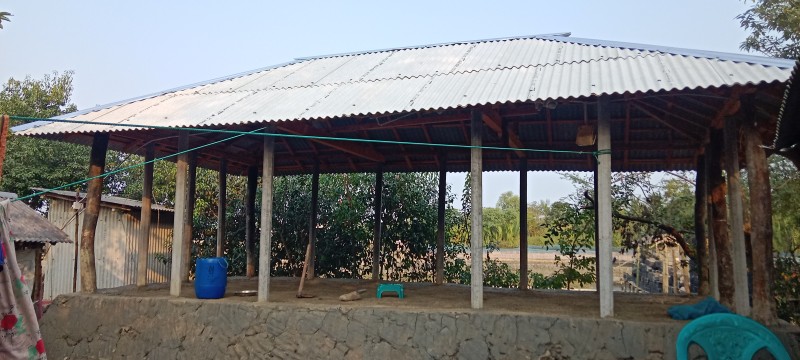
Naima plans to build a new house that will provide shelter and security for her family.
On their new land, Naima and Piash plan to build a house with the help of a construction loan from a local organization. Naima also intends to plant a garden to grow vegetables and other crops. Finally, after years of uncertainty, she and her family have a place to grow their livelihood and build a durable shelter—a place to call their own.
*Names have been changed to protect privacy.
Related resources
